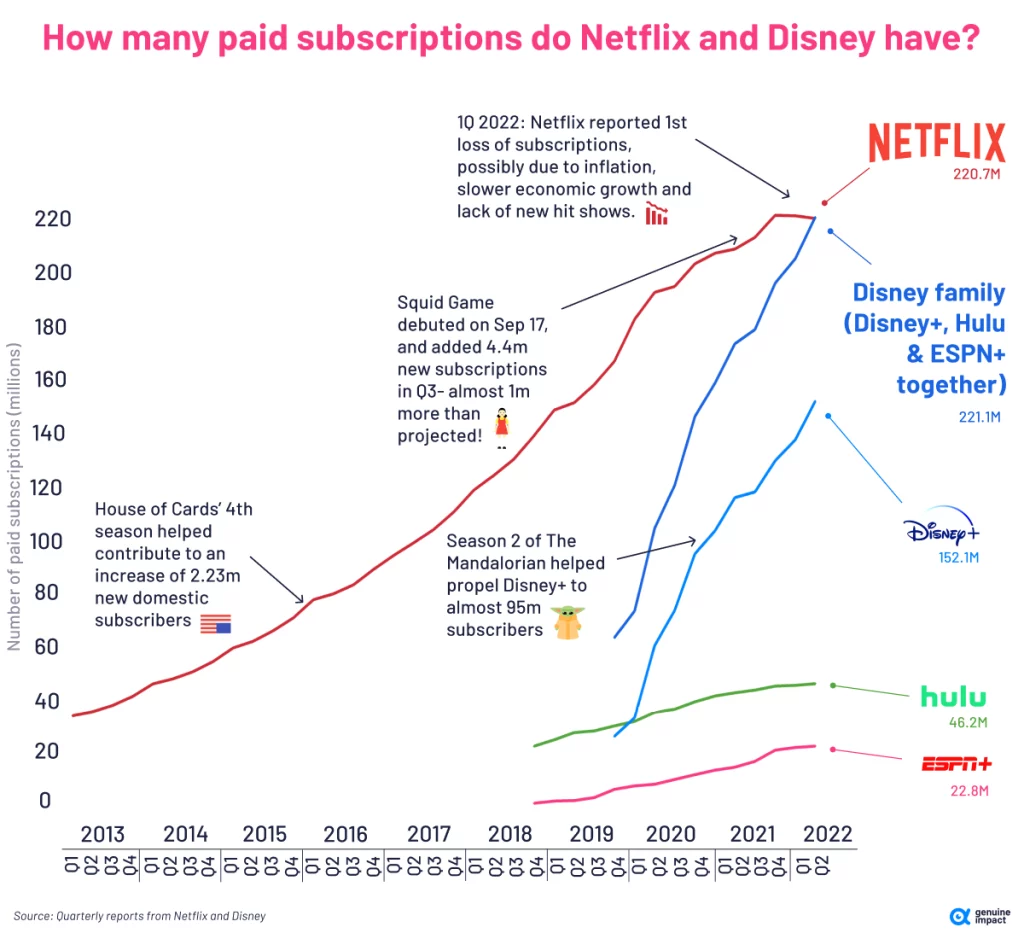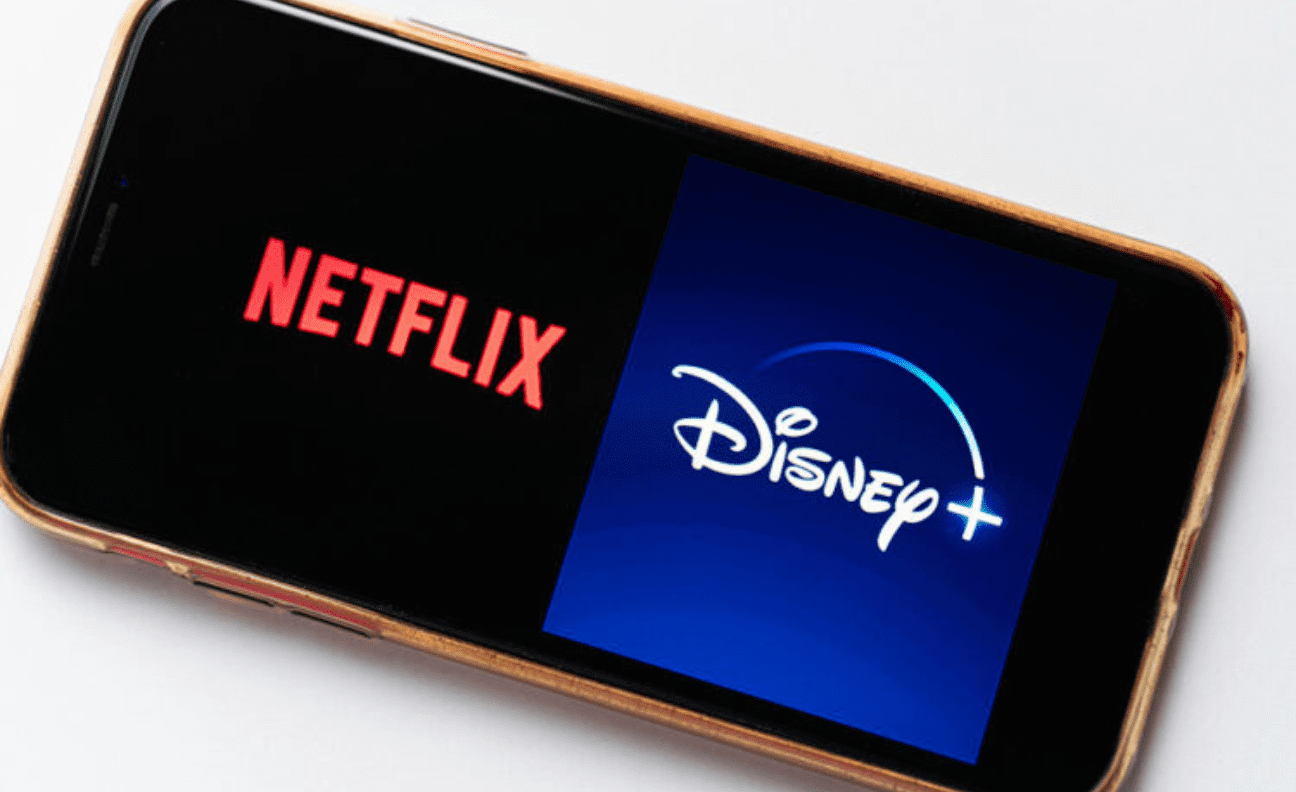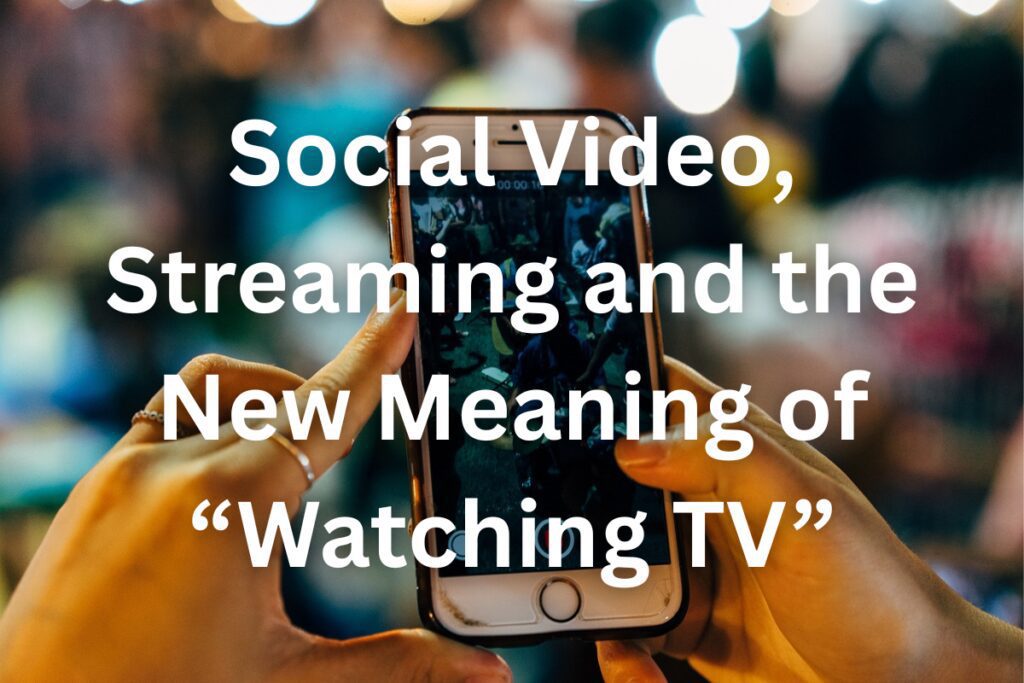As the streaming market continues to evolve, providers are strategically exploring new avenues to attract and retain subscribers. One approach that has gained significant traction is the introduction of ad-supported tiers.
This model has proven successful for major players, like Netflix and Disney+, leading to an influx of new subscribers.
However, the ad-supported streaming landscape is still in its nascent stage, and understanding consumer preferences, concerning costs, ad quantity, and placement remains a critical task for providers.
Survey Reveals Insights into Consumer Attitudes
In a recent survey conducted by HarrisX, data from 2,506 adults collected online between March 23 and 27 shed light on the current state of ad-supported streaming and its implications for the industry.
To ensure accuracy, the survey results were meticulously weighted, taking into account factors such as race, income, and mobile carrier.
Implications for Linear TV
The survey’s findings carry potential implications for linear TV, which is grappling with challenges related to ad revenue.
With more audiences gravitating towards ad-supported options and billions of impressions available every day, advertisers are likely to divert their budgets towards new streaming offerings that can demonstrate incremental value.
What’s more, this relatively significant shift in ad spending could have a profound impact on linear services that inundate viewers with redundant, high-frequency ad exposure.
Consumer Preferences on Ad Placement
The survey delved deeper into consumer preferences regarding ad placement within streaming content, revealing valuable insights.
Approximately 42% of respondents expressed a preference for ads to appear at the beginning of a program, signalling their willingness to engage with ads upfront.
Meanwhile, 19% preferred ads to be placed in the middle of a program, allowing them to be immersed in the content before encountering advertisements. Whereas, surprisingly, 16% of respondents favoured ads at the end of a program, indicating a desire to maintain uninterrupted viewing experiences until the program’s conclusion.
Furthermore, quite unexpectedly, 23% of respondents indicated a preference for a mix of all three ad placement options.

Examining Ad Quantity and Disruption
Moreover, the survey also shed light on consumer tolerance for ad quantity during streaming sessions. It was found that approximately half of the respondents expressed comfort with encountering two or three ads while watching their favourite content.
However, it was additionally shown that only a mere 6% of respondents were accepting of four or more advertisements during their viewing experience. Though more notably, 22% of consumers found ads to be highly disruptive, impacting their overall enjoyment of the streaming service. Whereas, in contrast, 18% of respondents found ads to be minimally disruptive.
Furthermore, an analysis of demographic factors revealed that 25% of men, 28% of Gen Z, and 33% of millennials were more likely to find ads highly disruptive, highlighting potential generational differences in ad tolerance.
Repetitive Ads and Consumer Retention
The survey also revealed an intriguing insight into ad-supported services, like repetitive ads. Nearly half, a staggering 48%, of subscribers reported encountering repetitive advertisements, with women being more likely to experience this issue.
Though, despite potential inconveniences, the majority of subscribers expressed loyalty to their chosen streaming platforms. Approximately 52% of Disney+ subscribers and 55% of Netflix subscribers stated their intentions to maintain their subscriptions even in the event of a price increase.
On the other hand, a mere 16% and 12% of subscribers, respectively, expressed a willingness to cancel outright. However, a notable percentage of 18% for Disney+ and 19% for Netflix expressed a willingness to not cancel, but instead switch to a cheaper tier with ads.
Why Is More Money Being Spent on Ad-Supported Streaming?
The surge in advertising investments in ad-supported streaming can be attributed to the expanding audience base, data-driven targeting capabilities, engaged viewers, advanced ad formats, and comprehensive measurement options.
What’s more, with the increasing popularity of streaming services, advertisers are drawn to the vast and diverse audiences they can reach, coupled with the ability to deliver personalised and relevant ads.
Therefore, the immersive and uninterrupted viewing experience offered by streaming platforms only enhances ad retention and message recall. Furthermore, interactive ad formats and robust analytics enable advertisers to create impactful campaigns and measure their return on investment accurately.
Ultimately, these factors collectively contribute to the attractiveness of ad-supported streaming, driving the increased allocation of advertising budgets to this segment of the streaming market.
Ad-supported streaming services are not just generating ad revenue for providers such as Netflix and Disney+, it is also drawing new consumers into the market. https://t.co/lqtpbK1Yc2
— Marketing Dive (@marketingdive) July 14, 2023
Could This Be The End For Linear TV?
While the rise of ad-supported streaming poses challenges to linear TV, it is unlikely to mark the complete end of traditional television. Linear TV still holds a significant share of the market and continues to cater to a broad demographic, including viewers who prefer scheduled programming and live events.
However, the evolving landscape and shifting consumer preferences indicate that linear TV will face increasing competition from streaming services. Therefore, to remain relevant, linear TV providers must adapt by incorporating streaming options, enhancing their digital capabilities, and finding innovative ways to engage with viewers across multiple platforms.
Moreover, it is possible that the future of television lies in a hybrid model that combines the strengths of linear TV with the flexibility and personalised experience offered by streaming platforms.
Conclusion
The rise of ad-supported streaming marks a significant shift in the streaming market, with providers such as Netflix and Disney+ experiencing an upsurge in subscriber numbers, due to their ad-supported tiers.
However, challenges persist in understanding and addressing consumer preferences regarding costs, ad frequency, and placement. As the industry progresses, providers must strike a delicate balance between generating revenue through advertisements and delivering an optimal viewer experience.
By adapting to evolving consumer preferences and addressing concerns, such as ad repetition, the ad-supported streaming model can continue to evolve and flourish in this ever-changing landscape, offering viewers a compelling and immersive streaming experience while providing advertisers with effective platforms to reach their target audiences.









